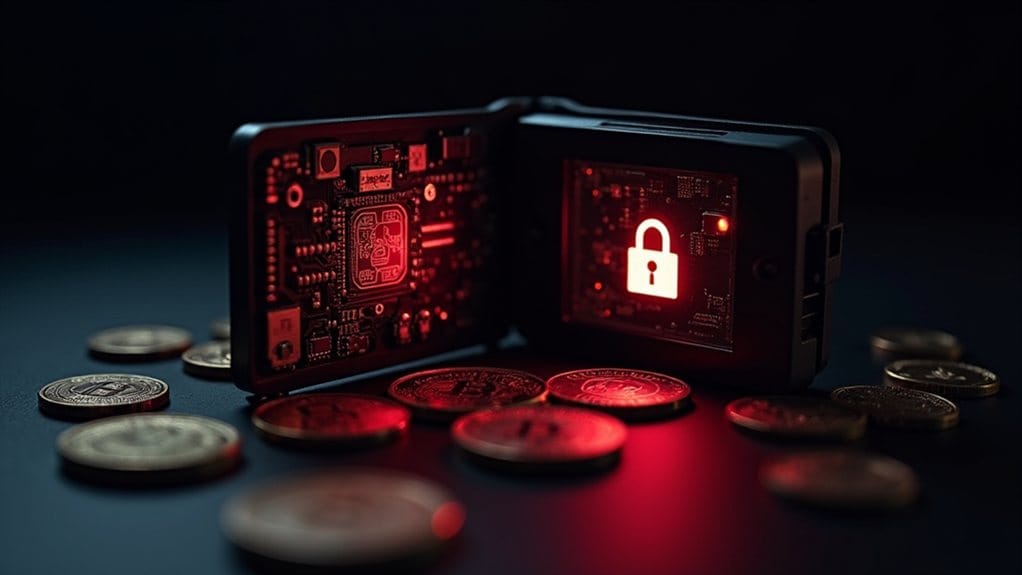As cryptocurrency has evolved from a niche technology into a mainstream financial asset, a disturbing trend of violent robberies targeting Bitcoin holders has emerged, transforming digital wealth into physical danger. The case of popular Twitch streamer Amouranth exemplifies this growing threat, where public visibility of crypto holdings led to a traumatic home invasion specifically targeting her digital assets. This incident represents just one example in a broader pattern of cryptocurrency-motivated crimes that have intensified as Bitcoin and other digital currencies have appreciated in value.
The financial stakes in these attacks have reached unprecedented levels, with cryptocurrency thefts totaling approximately $3.8 billion in 2022 alone, marking it as the most lucrative year on record for digital asset criminals. Among these, North Korean-affiliated hackers were particularly prolific, having stolen an estimated $1.7 billion in cryptocurrency during that same year. Armed perpetrators, like those in the Amouranth case, typically employ a combination of physical intimidation and technical coercion to gain access to crypto wallets, which, once compromised, allow for nearly instantaneous and often irreversible transfers of substantial wealth.
The technical architecture of cryptocurrencies, designed for frictionless transactions without intermediaries, inadvertently creates an environment where stolen assets can be quickly moved beyond recovery. During Amouranth’s traumatic experience, three armed gunmen invaded her Houston home, demanding cryptocurrency transfers while threatening her life.
Law enforcement agencies have responded by developing specialized blockchain intelligence capabilities, enabling the tracking of stolen cryptocurrency through complex transaction pathways. In notable cases such as the 2016 Bitfinex hack, authorities successfully recovered significant portions of the approximately 120,000 stolen Bitcoins, demonstrating that cryptocurrency’s perceived anonymity is not absolute. Professional forensics services have become essential in tracing stolen cryptocurrency through blockchain analysis and identifying perpetrators.
However, the challenges of cross-jurisdictional coordination and the sophisticated obfuscation techniques employed by thieves continue to hamper recovery efforts.
Security experts recommend multiple protective measures for cryptocurrency holders: implementing robust multi-factor authentication protocols, utilizing cold storage solutions that keep private keys offline, maintaining strict privacy regarding holdings, and considering physical security improvements for high-value investors.
The intersection of digital and physical security now represents a critical vulnerability for cryptocurrency investors, requiring a thorough approach that safeguards both technical access points and physical environments against increasingly bold criminal enterprises.









